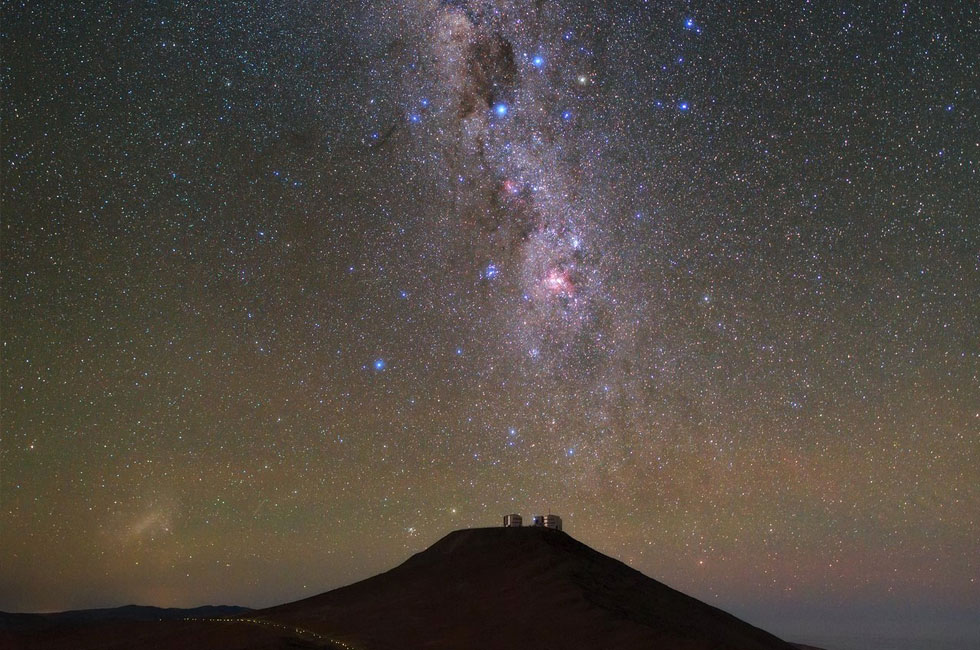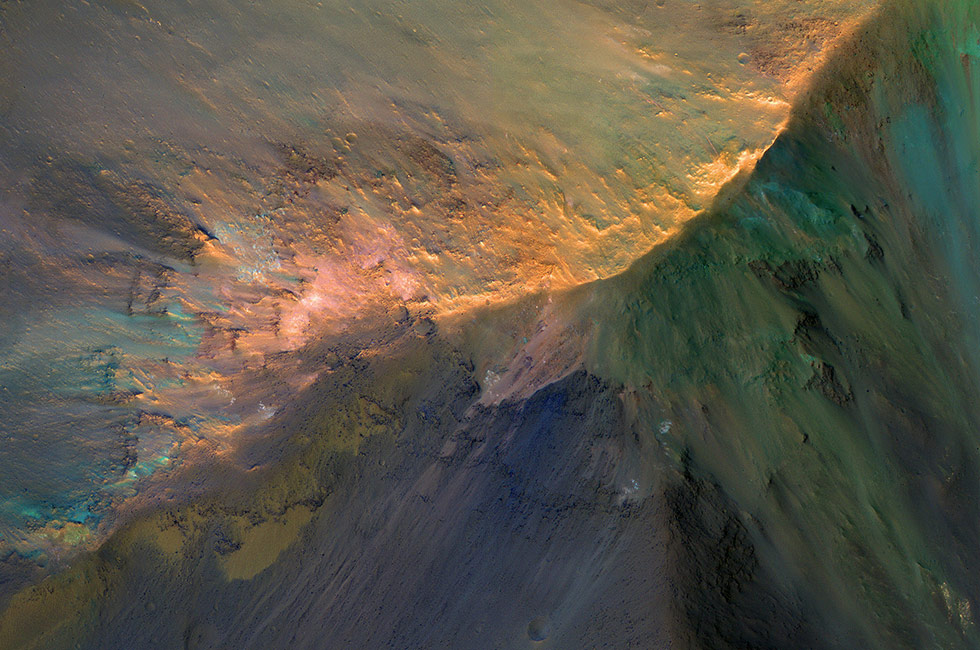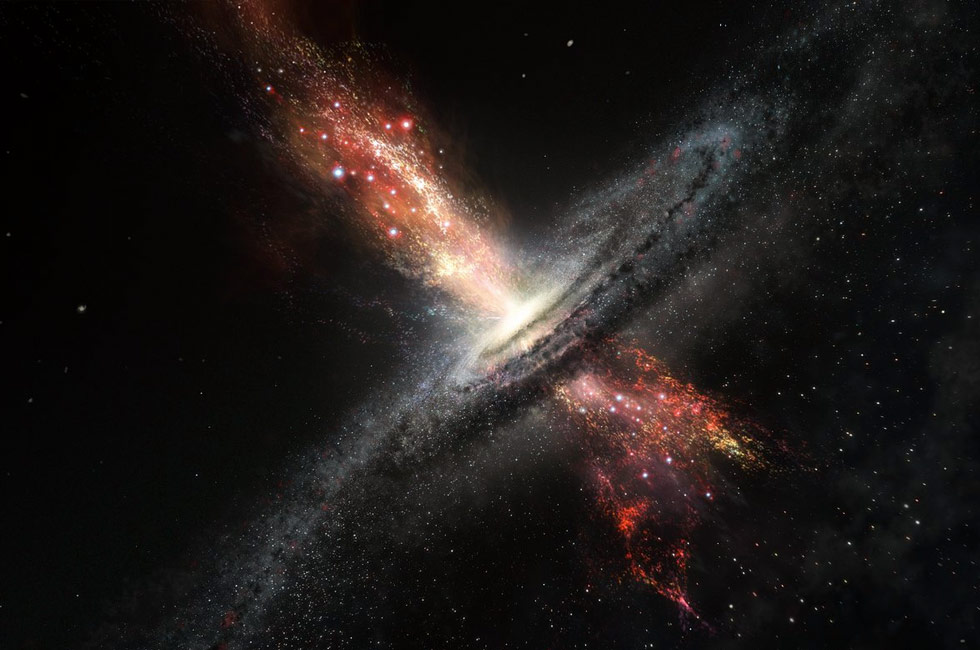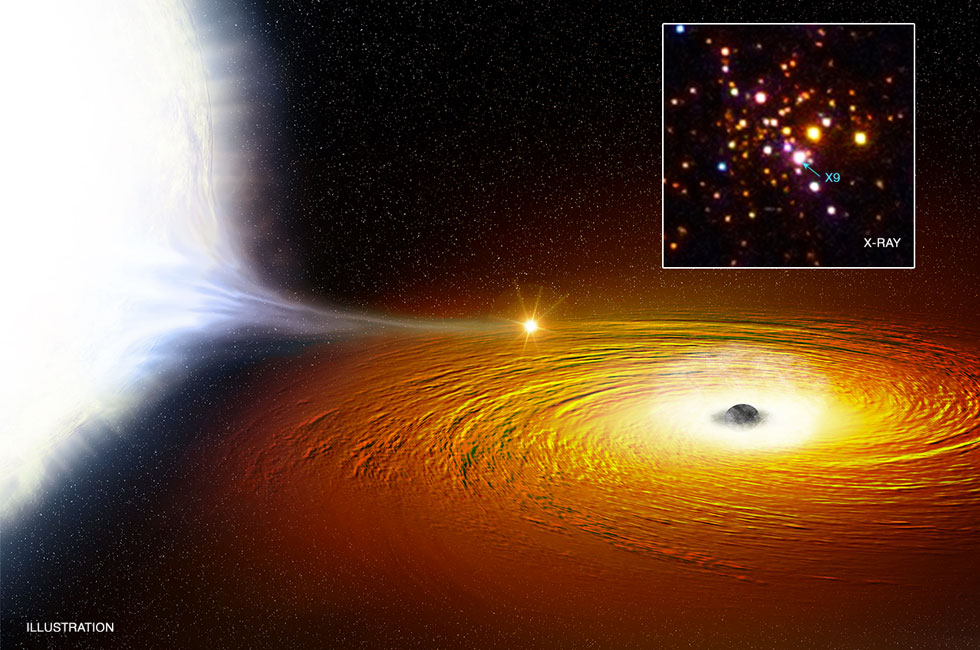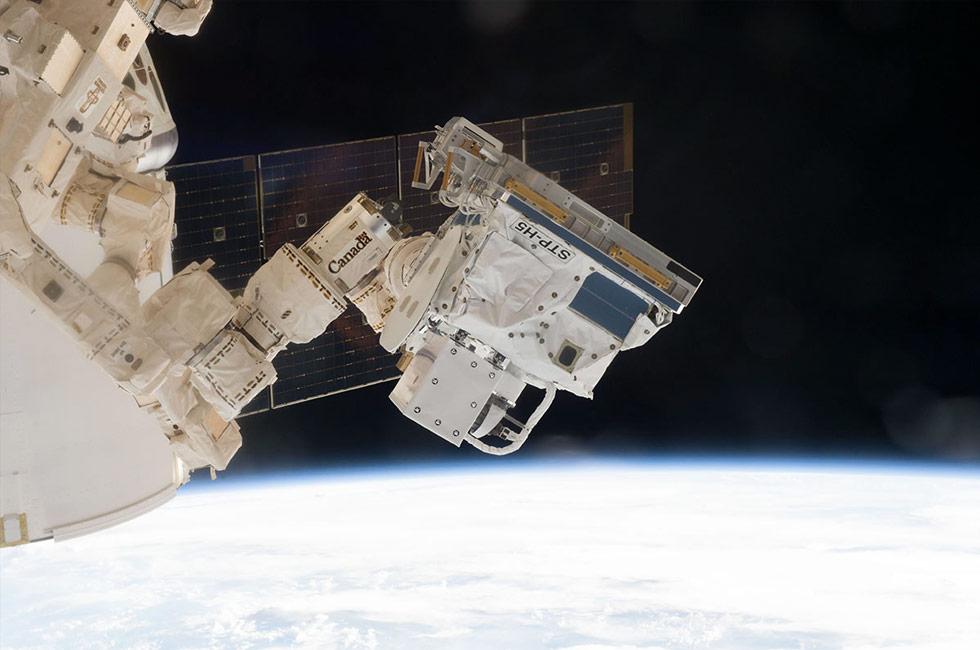March's Stunning Space Pictures
This month's featured images include an awe-inspiring view of the Milky Way and a vibrant shot of a Martian canyon colorfully adorned by minerals.
Image
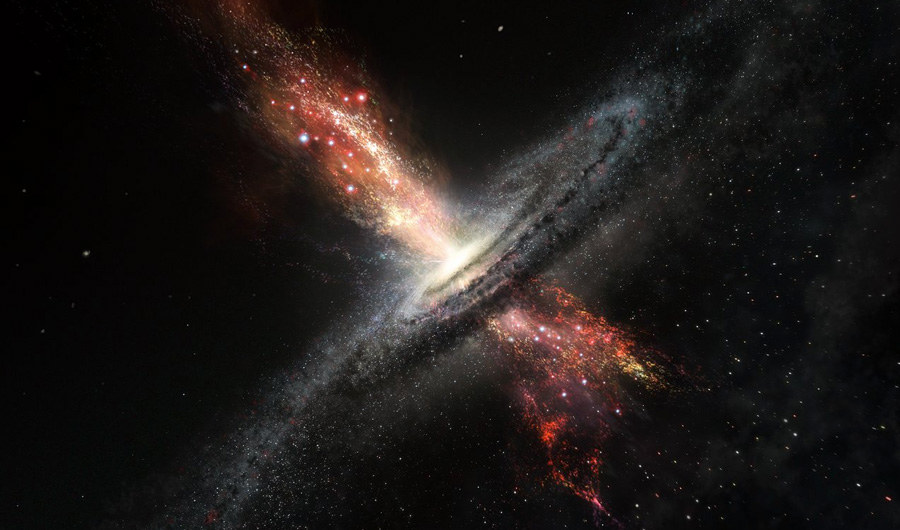
Media credits
(Inside Science) -- Check out five astronomy images that caught our eye in this month's astronomy slideshow. They include a breathtaking picture of the Milky Way bedazzling the sky high above the Chilean desert and two artists' illustrations of unexpected stars living in the extreme environment around black holes.
Filed under

